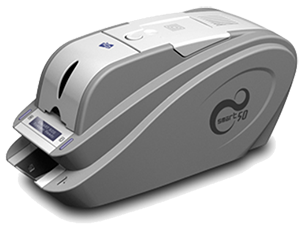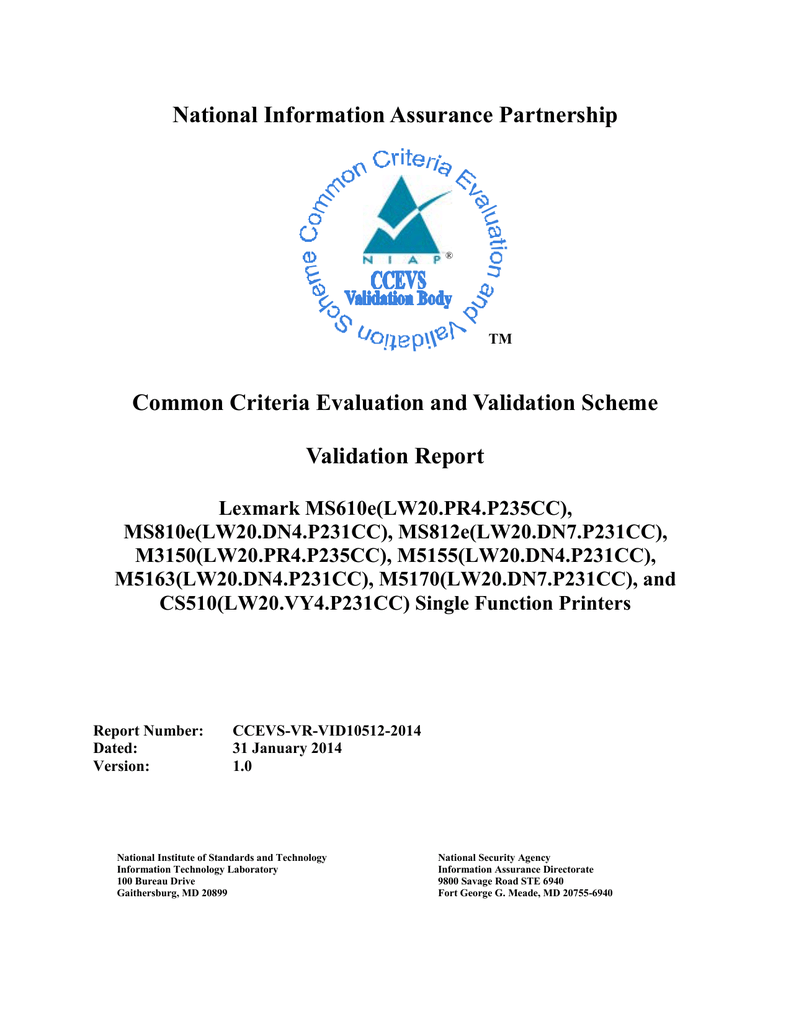The House Committee on Transportation and Infrastructure. ICYMI: President Biden: “I Can Hardly Wait to Sit Down with Peter DeFazio to Work on Infrastructure” (VIDEO). Google Earth is the most photorealistic, digital version of our planet. Where do the images come from? How are they they put together? And how often are they updated? Create an account or log in to Instagram - A simple, fun & creative way to capture, edit & share photos, videos & messages with friends & family. Transform your equipment into a tool that gives you access to iFit trainers, personalized workouts, and virtual experiences that take you around the world. For printers with displays, the IP address should be shown on the display when the wireless ICON or button is touched. If this is a first time installation for a printer without a display and you are using the USB setup of the wireless method, the software will not find the printer on the network and you will be guided through creating a.
Í, í (i-acute) is a letter in the Faroese, Hungarian, Icelandic, Czech, Slovak, and Tatar languages, where it often indicates a long /i/ vowel (ee in English word feel). This form also appears in Catalan, Irish, Italian, Occitan, Portuguese, Castillian, Aragonese, Galician, Leonese, Navajo, and Vietnamese language as a variant of the letter “i”. In Latin, the long i ⟨ꟾ⟩ is used instead of ⟨í⟩ for a long i-vowel.

Usage in various languages[edit]
Faroese[edit]
Í is the 11th letter of the Faroese alphabet and represents /ʊi/.
Hungarian, Icelandic, Irish, Czech and Slovak[edit]

Í is the 16th letter of the Hungarian alphabet, the 12th letter of the Icelandic alphabet, the 16th letter of the Czech alphabet and the 18th letter of the Slovak alphabet. It represents /iː/.
Tatar[edit]
Í is the 14th letter of the Tatar alphabet (based on Zamanälif). It represents /ɨɪ/.
Vietnamese[edit]
In Vietnamese alphabet í is the sac tone (high-rising tone) of “i”.
Chinese[edit]
In Chinese pinyin í is the yángpíng tone (阳平, high-rising tone) of “i”.
Ibero-Romance[edit]
In Ibero-Romance languages, the 'í' is not considered a letter, but the letter 'i' with an accent. It is used to denote an 'i' syllable with abnormal stress.
Italian[edit]
I Have A Dream Speech

I-94

Downloading Printer Drivers Windows 10
Í/í is a variant of I carrying an acute accent; it represents an /i/ carrying the tonic accent. It is used only if it is the last letter of the word except in dictionaries or when a different pronunciation may affect the meaning of a word: víola ('violates', pronounced [ˈviːola]) and viòla ('violet', pronounced ['vjɔːla]).
Character mappings[edit]
| Preview | Í | í | ||
|---|---|---|---|---|
| Unicode name | LATIN CAPITAL LETTER I WITH ACUTE | LATIN SMALL LETTER I WITH ACUTE | ||
| Encodings | decimal | hex | decimal | hex |
| Unicode | 205 | U+00CD | 237 | U+00ED |
| UTF-8 | 195 141 | C3 8D | 195 173 | C3 AD |
| Numeric character reference | Í | Í | í | í |
| Named character reference | Í | í | ||
| ISO 8859-1/2/3/4/9/10/14/15/16 | 205 | CD | 237 | ED |
See also[edit]
Hp Printer Drivers For Windows 10
